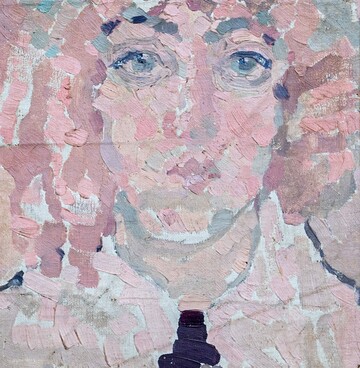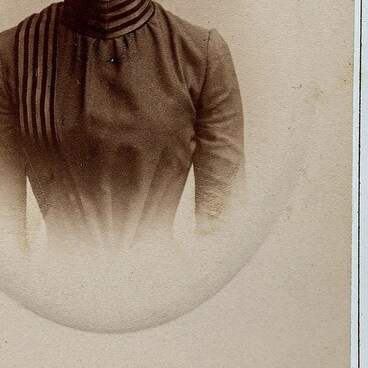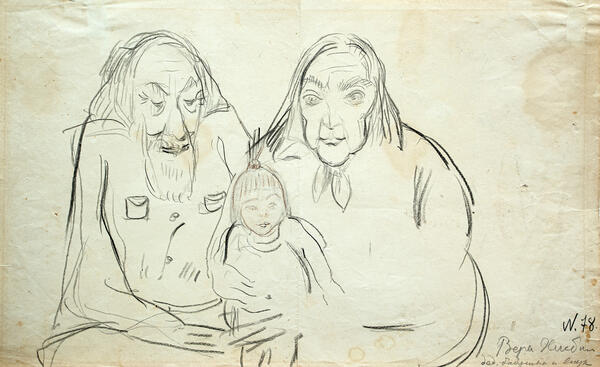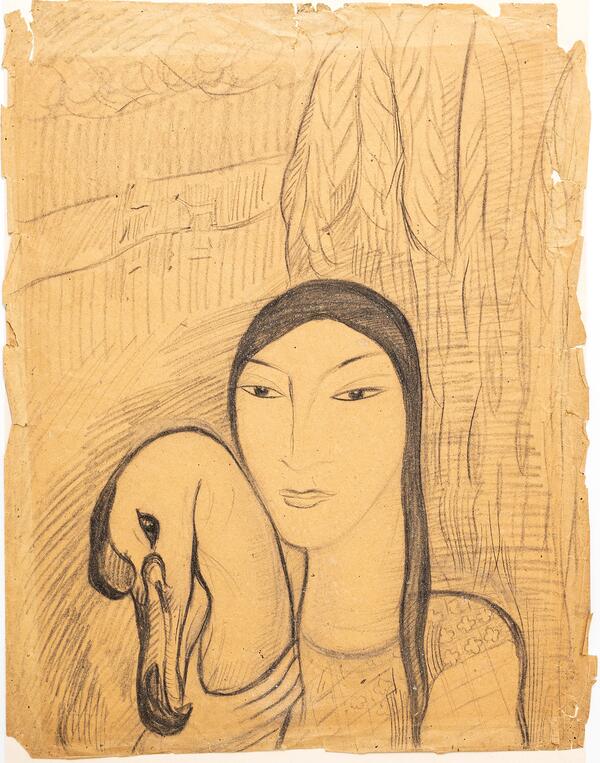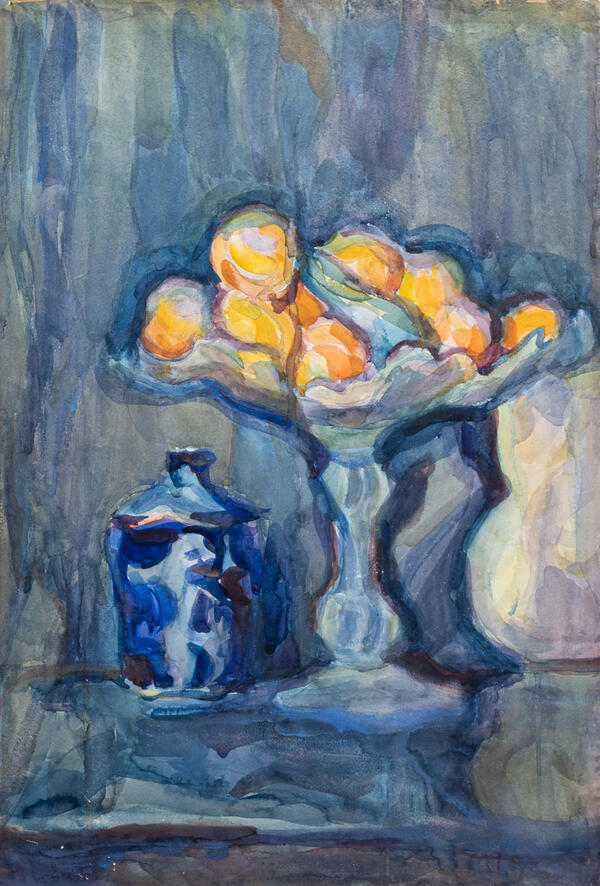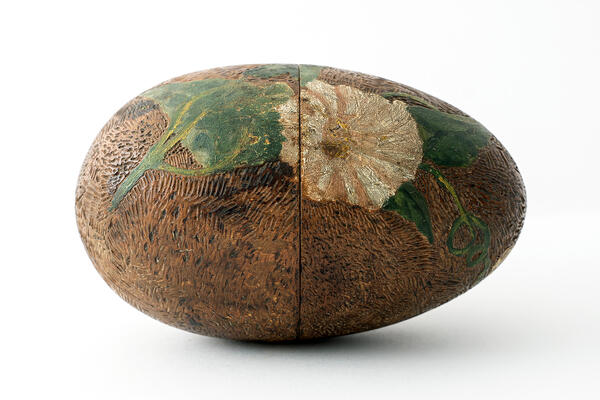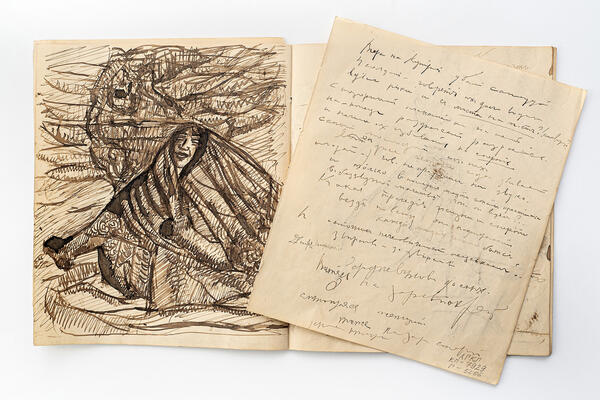The painting “Old and Young” was created in the Astrakhan period of Vera Khlebnikova’s work, in 1923. However, in fact the work is “older”. The artist made first pencil sketches back in 1916–1917, when she had just returned to Astrakhan from abroad.
The reason why she postponed the pictorial execution of her idea for several years is most likely purely practical: during the Russian Civil War it was extremely difficult to acquire the necessary materials.
The picture dwells on the eternal problem of the confrontation between the old and the young, the dying and the nascent — the confrontation, without which there can be no development in life. E. Drevina (“One Hundred Memorable Dates. The Art Calendar for 1991”) traces the origins of the artist’s interest in this issue to the years preceding 1916.
While living in Italy (1913–1916), Vera Vladimirovna painted often from nature and created improvisations based on ancient works. The aforementioned researcher distinguishes the four-part composition “The Tree of Life” among Khlebnikova’s Italian works. She points out that “the theme of the confrontation of life and death, good and evil, which appeared in this picture, was developed in the <painting> ‘Old and Young’… <created> at home.”
Lydia Obukhova gives a detailed description of the canvas in her monograph. Almost the entire space of the canvas is occupied by the “mountainlike” crinoline of a sitting old woman; the folds of her “musty robes” seem to strangle a fragile, almost incorporeal girl who falls to her knees. The thickening gray twilight is contrasted with the only warm, lively image in the picture — a bouquet of roses on the windowsill. But only transparent glass separates these flowers from the skeleton in the shroud — the reflection of the old woman (or death itself?). An equally fine line separates being from non-being.
In the late 1970s, at the initiative of the Astrakhan Union of Artists and May Miturich-Khlebnikov, a posthumous exhibition of Vera Khlebnikova’s works was held in Astrakhan.
In December 1918, Velimir Khlebnikov published an article “The Astrakhan Giaconda” about Leonardo da Vinci’s “Madonna” from Alexander Sapozhnikov’s collection. The painting was sold to the Hermitage for 100,000 rubles. The poet criticized such an unjust decision. Vera’s son, May, did not deprive the city of the heritage that rightfully belongs to it: he donated his mother’s works to Astrakhan.

